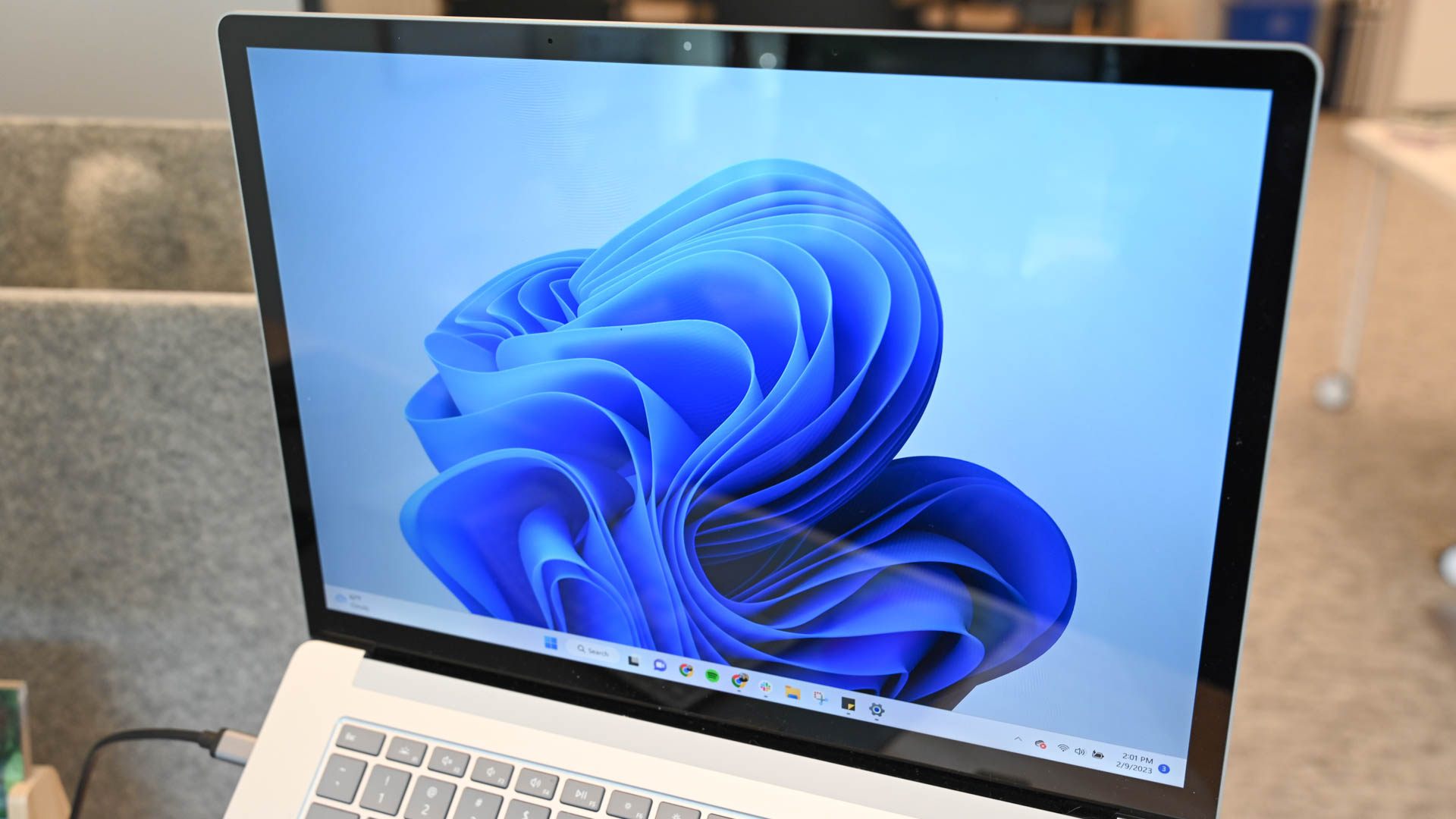Hi guys, I hope someone can please help me out. I am about to pull my hair out.
So I am trying to add an SSD to my laptop which has a HDD. I have installed the SSD in the optical drive. I have also cloned the HDD to the SSD using Macrium Reflect. Both drives are visible in File explorer under This PC. Now I am just trying to change the boot priority in the BIOS however the SSD doesnt show up in the BIOS anywhere. I also do not have SATA config in the BIOS. I have updated the BIOS and tried but no luck.
My laptop is a Toshiba Satellite P-50A
Anyone able to lead me in the right direction?
So I am trying to add an SSD to my laptop which has a HDD. I have installed the SSD in the optical drive. I have also cloned the HDD to the SSD using Macrium Reflect. Both drives are visible in File explorer under This PC. Now I am just trying to change the boot priority in the BIOS however the SSD doesnt show up in the BIOS anywhere. I also do not have SATA config in the BIOS. I have updated the BIOS and tried but no luck.
My laptop is a Toshiba Satellite P-50A
Anyone able to lead me in the right direction?




